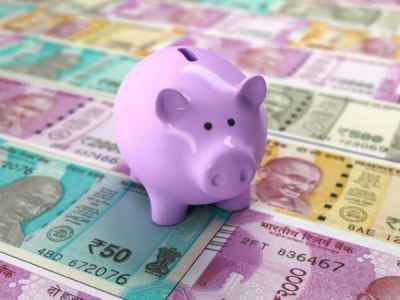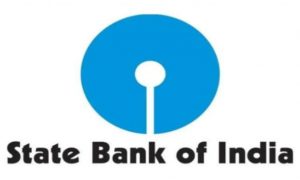Fixed Deposit Interest Rates 2022 Updates: Fixed Deposits (FDs) are one of the safest saving options that guarantee consistent returns irrespective of financial market conditions. Although interest rates have dropped in recent years, the ongoing inflationary trends point to a significant rise in deposit rates soon. Expectations are that the rate hike cycle will continue and the repo rate may be hiked by another 75 to 100 bps. This will take FD deposit rates upwards of 6 per cent and soon nudge 7 per cent for longer tenors. Once this happens, FDs will again be an attractive savings option while uncertainty prevails in the financial markets. The assurance of fixed returns is attractive.
Read More: Bank Holidays in July: Banks to Remain Closed for 4 Out of 8 Remaining Days; Full List
How To Look At Fixed Deposits Now?
Fixed deposits could be a good option if you are a conservative investor and need money in the short to medium term. You can use FDs to park your emergency corpus for needs coming in the foreseen future, say in 2-3 years. Given the uncertainty and volatility in the equity market on the back of macroeconomic factors and geopolitical tensions, fixed deposits ensure the utmost safety of your funds.
Senior citizens generally have the least risk appetite and park their funds in bank deposits and similarly secure securities. Since they are eligible for higher interest rates, anywhere between 0.25 per cent and 0.5 per cent more than a general citizen, a fixed deposit is a reliable option to save and get assured returns. However, fixed deposit returns are still unattractive as the actual returns post taxation vis-a-vis inflation are still negative.
In the current scenario, when the rates are going up, but the real returns are still negative due to inflation and taxation, you must consider the tenor of fixed deposits. You can either choose a short-term or long-term fixed deposit. Let us understand this better:
Read More: 4 cooperative banks face RBI restrictions! Withdrawal limit introduced for depositors
Interest Rates On Long-term And Short-Term FDs
The longer the investment horizon, the higher the interest rate in fixed deposits. The tenor of the fixed deposits ranges from a minimum of 7 days to 10 years. The short-term fixed deposit has a tenor of 7 days to 12 months, while deposits locked in for two years or more are considered long-term deposits. However, in terms of interest, investors earn as low as 2.5 per cent interest to a maximum of 5 per cent in short-term deposits, whereas long-term fixed deposits can currently fetch you as high as 6.5 per cent. As compounding kicks in, your yield improves in the long term. This is not the case with short-term FDs. Thus, in a short-term FD, you will get absolute simple interest, while long-term FDs will let you have the benefit of compounding.
Short-Term FDs
Short-term FDs come with a shorter lock-in period. Investors who want their funds’ safety and need money in 12 months should choose short-term FDs. Since the premature withdrawal of funds from FDs attracts a penalty of 0.5 per cent to 1 per cent, a short-term tenor is suitable for such investors. Additionally, short-term FDs help investors who have redeemed equity-oriented instruments whose financial goals are near. A short-term FD will be one of the best investment avenues to save their funds as there are no risks and liquidity is high. The rate of return for short tenors may not beat inflation post taxation, but the quantum of funds will not see any erosion, and investors can use the money for their future needs. It will help if you keep in mind that interest earned from FDs is taxable, and the tax rate depends on the investor’s income tax slab he falls in.
Long-Term FDs
Fairly conservative investors who do not need funds soon and those who believe equity-related investments may not perform for the medium term, say 2-5 years, may consider opting for long-term FDs. Not only will they get a higher interest rate, but compounding will help them get better value at the end of the tenor. However, do keep in mind that fixed deposits may not be a suitable product if the investor’s horizon is longer than five years as inflation and taxation may considerably dwarf the returns. Senior citizens could consider going for the maximum tenor available in fixed deposits.
Finally
An investor needs to make a sound decision while investing in fixed deposits, especially when the interest rate cycle is an uptrend. Since FD rates stand to change if RBI increases the repo further, you may stand to lose if you lock your corpus in a long-term FD in one go.
You may consider a staggered way of investing in FDs, understanding that the repo rate may see another hike of 75 to 100 bps. When the next hike happens, long-term investors in FD may add another FD to their portfolio while locking it at a higher interest rate. This will help in reaching the best possible returns through FDs.
Basis your financial goals and liquidity needs, you may spread your FDs into long-term and short-term FDs.
The author is the CEO of BankBazaar.com. Views expressed are that of the author.





































